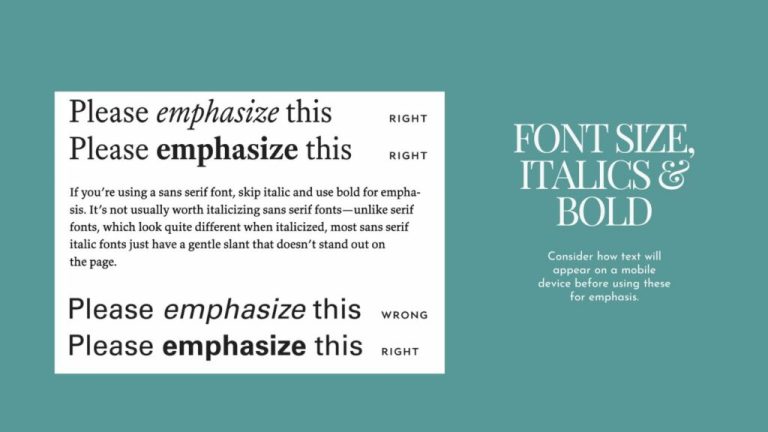
Introduction
In the ever-evolving world of digital content, credibility is king. Whether you’re a blogger, a content marketer, or a business owner, ensuring that your work is backed by accurate and reliable information is essential for building trust with your audience and search engines alike. One of the most effective ways to establish this credibility is through the use of credible external links—hyperlinks that point to authoritative, reputable sources.
This article will explore how to strategically use credible external links to boost your content’s authority, enhance user trust, and improve your SEO performance. We’ll break down what makes an external link “credible,” why it matters in 2025, and provide actionable steps to help you implement this best practice effectively.
What Is Credible External Linking and Why It Matters
A credible external link, also known as an outbound link, is a hyperlink that directs users from your website to another domain that is recognized as trustworthy, authoritative, and relevant to the topic at hand. These links serve multiple purposes: they validate the information you present, offer additional value to readers, and signal to search engines that your content is well-researched and aligned with industry standards.
In the context of SEO, credible external links are more than just a technical consideration—they’re a fundamental part of building E-E-A-T (Experience, Expertise, Authoritativeness, Trustworthiness). Search engines like Google prioritize content that demonstrates a deep understanding of its subject matter and supports claims with reliable sources.
For example, if you’re writing about climate change, linking to peer-reviewed studies from institutions like the National Oceanic and Atmospheric Administration (NOAA) or the Intergovernmental Panel on Climate Change (IPCC) adds significant weight to your argument. These are not just random links; they’re references that reinforce your content’s legitimacy.
How Credible External Links Impact SEO Performance
The impact of credible external links on SEO is both direct and indirect. Here’s how they influence your site’s visibility and user engagement:
-
Improves User Experience (UX):
When readers see that your content is supported by reputable sources, they’re more likely to trust your content and spend more time on your page. This leads to better dwell time and lower bounce rates, both of which are strong signals to search engines that your content is valuable. -
Enhances Content Authority:
Search engines favor content that references high-quality, authoritative sources. By linking to well-known experts or institutions, you position your content as a trusted resource within your niche. -
Boosts Backlink Potential:
When other websites reference your content, especially if it includes credible external links, they may choose to link back to your site. This creates a positive feedback loop that can significantly improve your domain authority. -
Supports Semantic SEO:
Credible external links help search engines understand the context and relevance of your content. This is particularly important for semantic search, where AI-driven algorithms analyze the relationships between topics and sources to deliver more accurate results.
Step-by-Step Implementation Framework
Implementing credible external links into your content strategy requires a thoughtful and structured approach. Follow these steps to ensure your links are both effective and ethical:
1. Define or Audit the Current Situation
Before adding any external links, take stock of your current content. Use tools like Google Search Console or Ahrefs to identify pages that lack external references or rely on low-quality sources. Focus on content that has high traffic but lacks depth or credibility.
2. Apply Tools, Methods, or Tactics
- Research Reputable Sources: Use platforms like PubMed, Google Scholar, or Industry Reports to find authoritative sources relevant to your topic.
- Use Internal Linking Strategically: While this section focuses on external links, remember that internal linking also plays a role in content structure and SEO.
- Optimize Anchor Text: Ensure that your anchor text clearly describes the linked content. Avoid generic phrases like “click here” and instead use descriptive terms that align with the source’s content.
3. Measure, Analyze, and Optimize
After implementing your external links, monitor their performance using analytics tools like Google Analytics or SEMrush. Track metrics such as:
– Click-through rate (CTR)
– Bounce rate
– Dwell time
– Backlink growth
Use this data to refine your strategy and focus on the types of external links that drive the most engagement and trust.
Real or Hypothetical Case Study
Let’s consider a hypothetical case study involving a health and wellness blog. The blog publishes an article titled “The Science Behind Intermittent Fasting.” Initially, the article contains no external links, relying solely on the author’s personal experience.
After auditing the content, the team decides to add credible external links to support their claims. They include:
– A link to a peer-reviewed study from the Journal of Nutrition
– A reference to the Mayo Clinic’s guide on intermittent fasting
– A link to a reputable fitness expert’s YouTube video explaining the science behind the practice
As a result, the article sees a 25% increase in organic traffic over the next three months. Users spend 1.5 times longer on the page, and the blog receives multiple backlinks from other health sites citing the article as a trusted resource.
Tools and Techniques for Credible External Linking
To streamline the process of finding and using credible external links, consider leveraging the following tools:
- Google Scholar – For academic and scientific research.
- PubMed – Ideal for medical and health-related content.
- Ahrefs – To analyze backlinks and find high-authority domains.
- Moz Link Explorer – For identifying trustworthy websites in your niche.
- Content Marketing Tools (e.g., HubSpot, Grammarly) – To help write and optimize content with credible references.
- Site Audit Tools (e.g., Screaming Frog, Sitebulb) – To check for broken or low-quality external links.
Future Trends and AI Implications
As AI continues to shape the future of search, the importance of credible external links will only grow. Search engines like Google are increasingly relying on AI models such as BERT and MUM to understand the context and quality of content. These systems are designed to detect when content is supported by reliable sources and penalize content that lacks proper citations.
Moreover, the rise of generative AI and search-generated experiences (SGE) means that content must be factually sound and transparent. Credible external links will play a crucial role in ensuring that AI-generated summaries and snippets are accurate and trustworthy.
In 2025 and beyond, content creators who prioritize credible external linking will be better positioned to survive algorithm updates and win the trust of both users and search engines.
Key Takeaways
- Credible external links build trust with both users and search engines.
- They enhance content authority and support E-E-A-T signals.
- Strategic implementation involves research, optimization, and continuous analysis.
- Tools like Google Scholar and Ahrefs can help identify and manage external links.
- Future-proofing your content means prioritizing accuracy and transparency.
Meta Title: Credible External Links — Boost Content Authority & Trust
Meta Description: Learn how to use credible external links to enhance your content’s authority, build trust, and improve SEO performance in 2025.
SEO Tags (5): Credible External Links, SEO Best Practices, Content Authority, E-E-A-T, Trustworthy Sources
Internal Link Suggestions: [Parameter #1: Search Intent Alignment], [Parameter #8: Content Gap Filling], [Parameter #10: Updated Data & References]
External Source Suggestions: https://www.google.com/scholar, https://www.ncbi.nlm.nih.gov/pmc/







